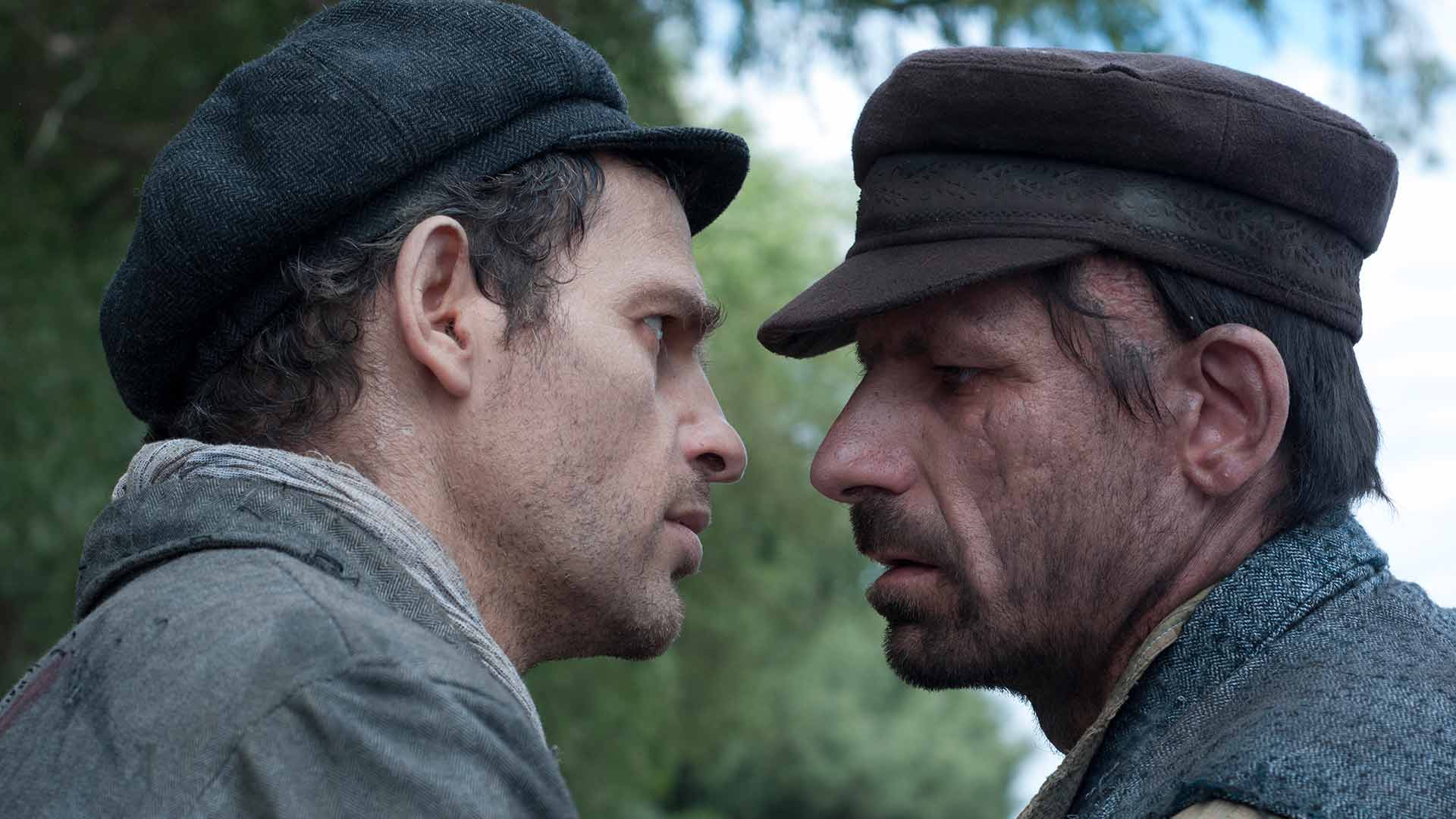Laszlo Neme’s “Son of Saul” Wins Oscar for Best Foreign Film

It is impossible to make a film that accurately portrays the Holocaust as a whole. Its horror is too vast, and its characters too numerous. Cinema’s only available shortcut is to illuminate individual traumas that compose the darkness of the times. Steven Spielberg’s masterpiece “Schindler’s List,” perhaps the most familiar American Holocaust film, fixed its gaze on the struggle of the names written on the infamous List. To a lesser extent, it focused on Oskar Schindler, the brave soul who risked his stature and position to rescue the names. And the argument can be made that the movie was ultimately about the Jewish girl clothed in red, in whose hue held, and in whom Schindler beheld, the ghastly silence of the dying Jews and by-standing Germans.
“Son of Saul” follows Saul Auslander, a Hungarian-Jewish prisoner in Auschwitz, circa 1944. He serves as a Sonderkommando, a worker unit who, under the threat of death, disposes the corpses of gas chamber victims. After yet another day’s purging, Saul discovers the body of a boy. From this point on, giving this boy a proper Jewish burial becomes Saul’s cardinal obsession. Throughout the movie, Saul searches the camp for a rabbi or anyone who is acquainted with one. Meanwhile, Saul’s colleagues organize a riot to escape the death camp once and for all.
Laszlo Nemes’s “Son of Saul” is an experience that takes the aforementioned lesson to heart, and from the looks of it, to film. While “Schindler’s List” played with colors, only permitting bright red to intrude as to wordlessly explore the gradual transformation of Schindler’s mind, “Son of Saul” plays with the camera. Almost every shot in “Son of Saul” excessively zooms into the hardened visage of Saul and is touched with a slight tremor, as if the camera, just as the audience, is uncomfortable with the lack of distance. The way these individual portrait-shots connect and flow is equally impressive. The Auschwitz atrocities unfold throughout the entire film, but only in its periphery. The aspect ratio of t he movie imprisons the viewer to see Saul and only Saul, and in the few occasions when Saul directly stares at the events, they occur over his shoulder, often blurred or made otherwise indistinct.
What results from this visual decision is the reinforcement of Saul’s subjectivity. “Son of Saul” documents a particular strain of madness, the madness of an individual in the face of societal catastrophe. Saul’s own unspoken and weightily guilt for hurling the ashes of his people into the sea has overtaken him, and throughout the movie all he desires is respite. To him, the proper, traditional burial of the boy is the proper, traditional burial of the Jewish spirit, and more importantly the necessary piece of evidence that can prove to him beyond a shadow of a doubt that he has done what he could. The conflict arises when this easily understandable motivation mutates into an obsession that blinds Saul from the sufferings of those still living around him. Whereas the visuals provide the walls with which to trap the audience, the sound design serves as a unified, painful scream from the other side that reminds us of the existence of the external world. For a film with barely any dialogue, “Son of Saul” is filled with noise from beginning to end. Ultimately, the clawing at the steel walls, the wailing, the shrieks of authorities and the murmurs of the resigned are nowhere near as terrifying as the quiet, wounded man who ignores them all, and neither frighten more than the inhumanity of those who have designed the horrors that fathered both.





Comments ()